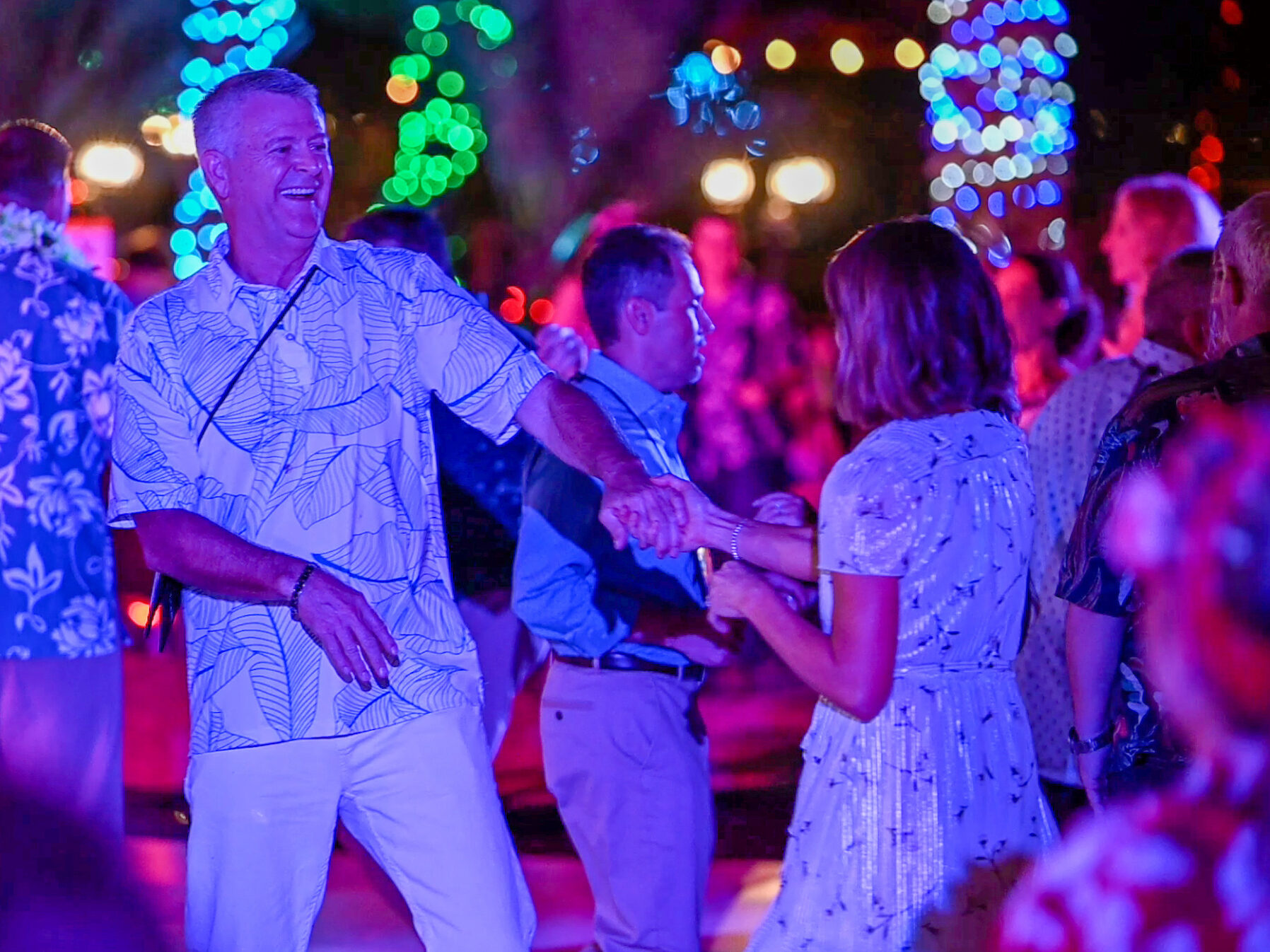Beauty in the details
The Unique, Gorgeous Art of Eirini Pajak
By Dave Seibert
On an early morning a couple days after a good rain, you may find Eirini Pajak, along with her dogs Pearl and Argos, looking closely at the soil in the Arizona desert for slime molds on and under desert plants. Lately she has been more focused on desert species, since it seems that no one is paying attention to slime molds or fungus in the desert. When she finds the subject her photography begins of the tiny organisms, some smaller than the head of a pin.
She studied photography in school but gave it up soon after graduation. More than a decade later, a monk from St. Anthony’s Greek Orthodox Monastery in Florence, Arizona, suggested that she begin photographing wildflowers. He specifically emphasized that she should not overlook even the tiniest of flowers. Since then, she has been drawn to making close-up photographs of beautiful but often overlooked aspects of nature. In 2018 she bought an ultra-macro lens that could magnify up to 5x that opened the world of slime molds to her and, from that moment on, she was hooked.
“There is so much we don’t understand about nature, and it seems the more we learn, the more apparent it is how little we know,” Pajak said.
“I especially like drawing attention to beautiful things that are often overlooked. My photography goes in several different directions, from people to macro and lately I have been experimenting a lot with Intentional Camera Movement. Arizona Highways has published two books with my work, ‘All the Pretty Flowers,’ a book of my flower images, as well as a book of 50 ghost towns, 44 of which I photographed.”
Jeff Kida, Arizona Highways Photo Editor said, “Her work is both captivating and brilliant. She has discovered that there are entire universes to be discovered in an area the size of a credit card. Here’s another interesting fact about her. Eirini isn’t content shooting close-ups. She photographs people beautifully in a style both you and I can appreciate. She shoots in available light in a classic photojournalistic style. She’s a super talent and shows no signs of slowing down.”
Pajak’s photos are currently on display in the Zoo’s Savanna Grill as part of the most recent art exhibit. According to Pajak, “Most of the pieces are slime molds. There were two fungus pieces and two cryptobiotic crust pieces. The other 16 were slime molds. The largest specimens were the orange mushrooms in the Cascade image, about 1/2 inch or less tall. Everything else is so tiny that they can barely be seen with the naked eye.” When asked to make a size comparison, she said they are as small as a grain of sand or the tip of a needle.
After purchasing one of Pajak’s photos, Zoo Art Committee member Daryl Perlman said, “After chatting with Eirini and learning about slime molds and her process of photographing them, I was hooked. How could something so microscopic be so beautiful? How did Eirini find them? How did she photograph something so tiny? ‘Desert Blush’ caught my eye. It was pretty and calming… and it was on a saguaro cactus! Fascinating! I had to bring it home with me.”
Phoenix Zoo Director of Living Collections, Drew Foster, gave this description of slime molds: “Slime molds are important single-celled, colonial protists,” he said. “They are neither true molds of the Fungus kingdom nor are they animals. They grow, move and consume food; a diet of bacteria that are feeding upon decomposing plant matter. As such, they are important decomposers of organic matter, recycling nutrients in the natural world. They are important food for nematodes, certain insects and other organisms.”
To create these photos, Pajak uses a Canon R5 mirrorless camera with a Canon MPE 65 macro lens mounted on manual focusing rail with Canon Speedlite equipped with the Rogue Flashbender diffuser. Her focus stacks can be anywhere from 50-500 images and she does not use natural light, as it would require too slow of an exposure.
“Because of the technique that I use, called ‘focus stacking,’ I often see things in my images that I didn’t even notice with my own eyes,” she said. “When I photograph something, I take several photos of it, each time manually moving the focus ring in tiny increments. I might take five images that way, or well over 100, whatever it takes for me to get focus through the area that I want to show in detail. Then I merge the photos in a program called Zerene Stacker. The resulting image has far more detail than any single image would contain. I like the idea of the observer’s eye being able to wander around a subject the way they would be able to if they were observing it live in nature.”
Pajak’s work, along with those of Bree Deverhill and the Lost Birds sculptures of Todd McGrain can be seen as part of the show “A Closer Look” at the Savanna Gallery until January 31, 2023. The Lost Birds features five large sculptures of extinct birds which are along the trails on Zoo grounds.







